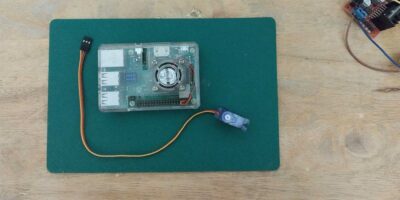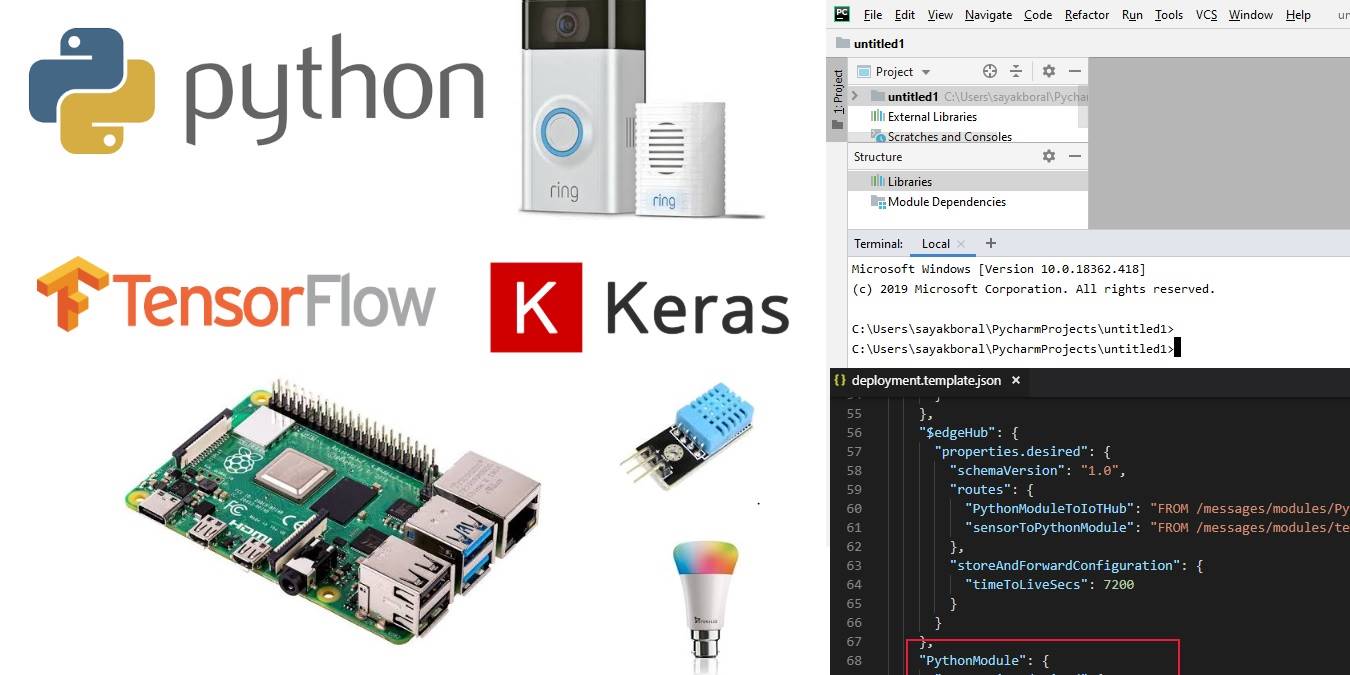
Python is one of the most popular programming languages out there, and entire sites – such as Instagram, Reddit and Mozilla – have been built on it. The main advantages are readability, logical flow and the usage of libraries to get more work done with less code.
As Python is modular and extensible, it might find a strong match in the Internet of things. Let’s look into the pros and cons of Python when used in IoT systems.
Why Python is Suitable for IoT
Unlike high-level languages such as C++ or Java, Python is custom-made for implementing business logic directly at a device level. This reduces the amount of data to be dealt with and what is available in Cloud.
Whether you’re developing IoT solutions from scratch or interacting with sensors, actuators and secondary devices, Python understands your needs. It is easy to learn, debug, and the code can be freely transported from one machine to another.
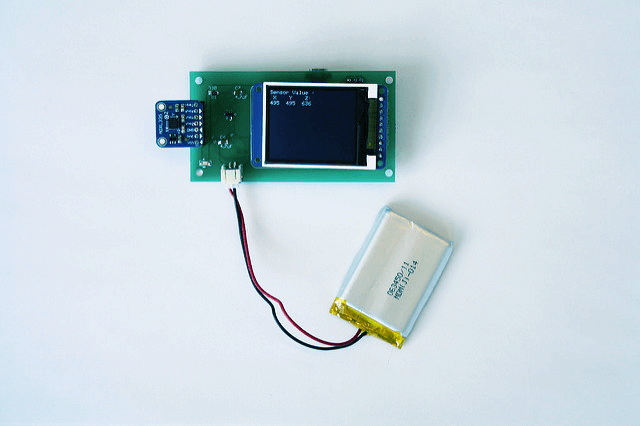
One of the biggest benefits of Python is its support for versatile external libraries including IoT libraries. Pycharm, a popular IDE for Python, allows you to add a library very easily if you have its external scratch file which can range from Amazon Redshift to JSON and XML.
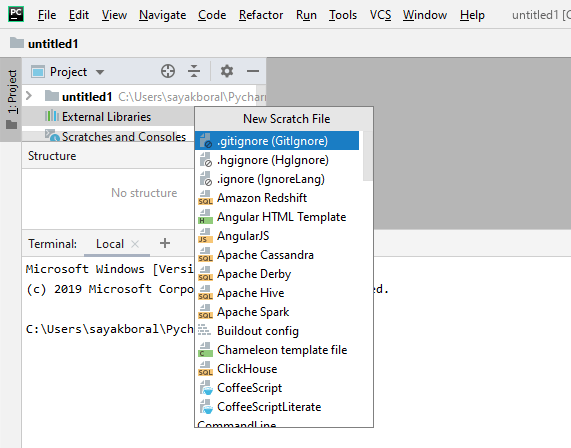
Let us see the advantages of adding external IoT libraries for Python.
IoT Libraries
Python allows you to work with several leading external IoT libraries. We have discussed two examples below.
TensorFlow
A free and open-source library, TensorFlow is a machine learning language developed by Google for its neural network programs. It finds use in Google Voice, speech recognizer and other artificial intelligence (AI) programs.
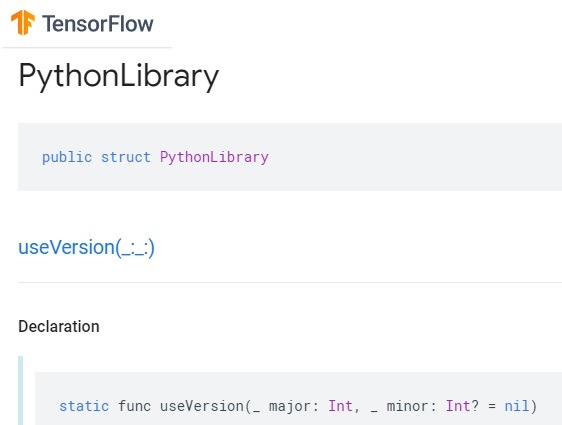
According to TensorFlow website information, the application works excellently with Python for all embedded devices including Raspberry Pi and Coral devices. First, the TensorFlow library is installed in the PyCharm console with an import tensorflow as tf command. Following that, a Python wheel can be downloaded from the TensorFlow website and installed with a pip install command.
Keras
Keras is another superb machine learning library that readily works with Python. It is widely used in neural networks and artificial intelligence (AI) programs. In fact, it is called the Python deep learning library. Each and every model in Keras has been developed exclusively with Python code.
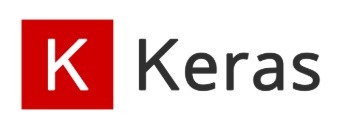
Keras works with TensorFlow in the backend, so before installing Keras, you need to already have TensorFlow in the Python IDE.
pip <span style="color: #c20cb9; font-weight: bold;">install</span> kerasKeras is used as a robot operating system, so if your project has robotic elements, you will encounter Keras.
Raspberry Pi
Perhaps one of the best features of Python is its close synergy with Raspberry Pi, one of the most popular boards used in various IoT projects.
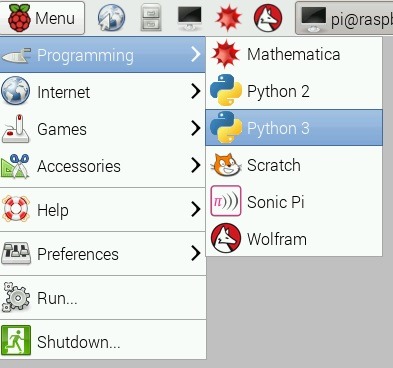
You can do anything you want with the Python program once it’s selected for Raspberry Pi. Its site has a list of official commands and installation basics for using Python code.
Disadvantages of Python for IoT
There are a few disadvantages of working with Python in IoT projects.
Mobile and smart skills development: if you’re working with mobile applications and apps, Python is slow and inconvenient. Alexa Skills use JavaScript/Node.js. According to Google Developers, all Google Assistant programming is written in Node.js, Go, C++ and Java.
Speed limits: since each line in Python has to be interpreted separately, it can cause slow execution.
Database issues: the databases used in Python have to be imported one by one which can be a source of pain for advanced application development.
Alternatives to Python
Most IoT applications require a machine-level interface. Currently, no language is universally used for all IoT applications. Some of the alternatives to Python are as follows.
Arduino programming language: it is essentially based on C and uses similar commands such as setup() and loop(). However, the language is only useful for Arduino IDE-based devices.
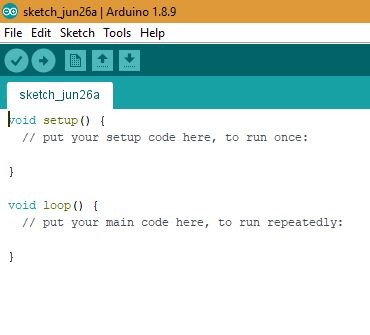
GO programming language: Go is the language of choice for Google Assistant and Cloud products as well as Docker for containers.
JavaScript: Like Python, JavaScript is an interpreted language, but many IoT devices as shown in the above examples are able to run Node.js.
In Summary
Python is a very important language in IoT development seeing that it has amazing uses in Raspberry Pi and works with advanced AI and neural libraries. However, presently, it is only used as a backup programming language by popular IoT networks such as Amazon and Google. That is likely to change in the future, though, as Python has many uses due to its simplicity.












